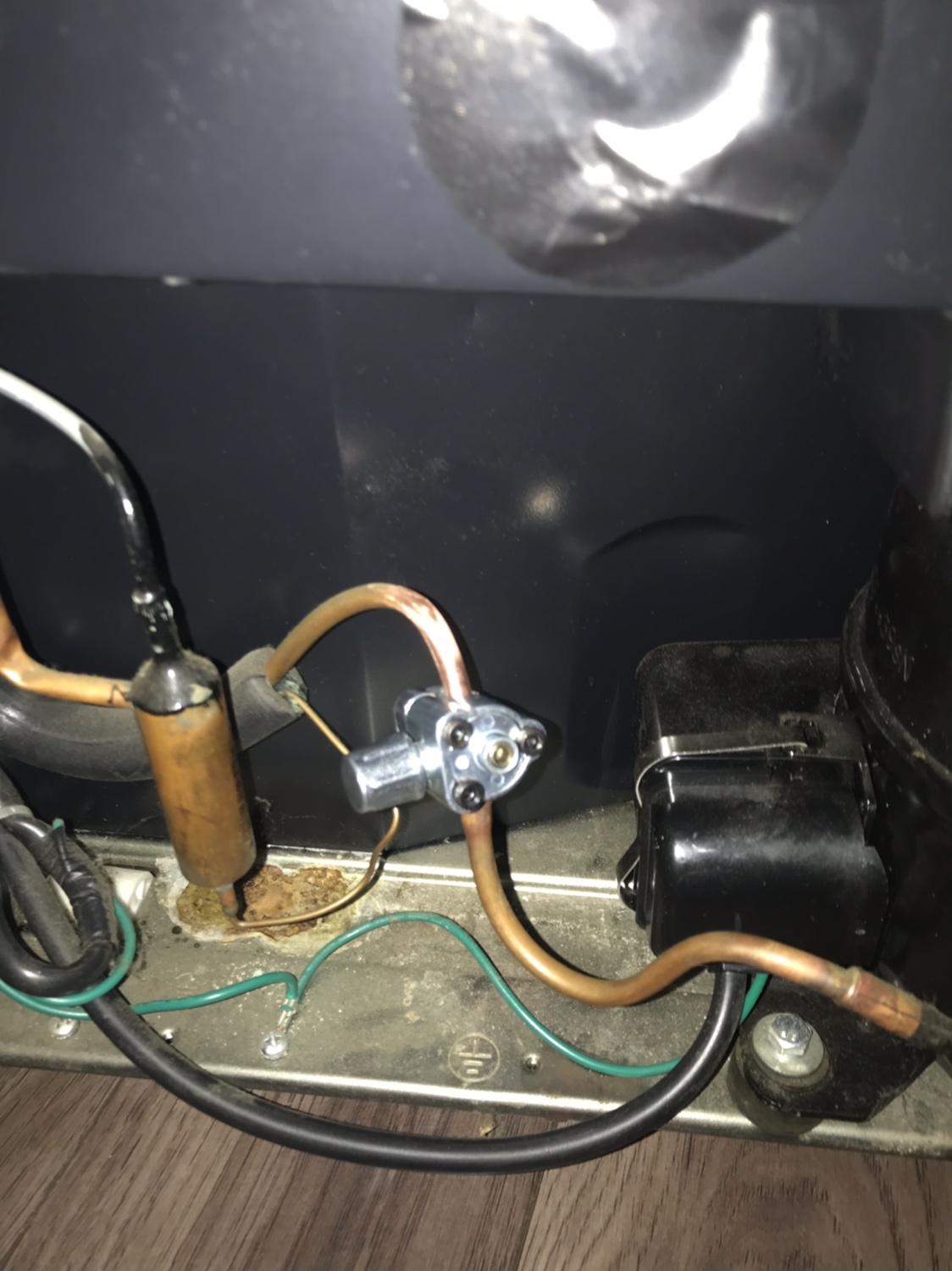OG-wan Kenobi
Arcane Artisanal Ales
Am I right in thinking this Kegerator only uses 70 grams of R134a? I would have thought 10 X that
It's 6-7 years old I just fixed it from being stone dead and stripped and of course a few weeks later its only cooling to 41-43 degrees when set at 38 and I am thinking she may need a recharge because it was getting down to 6 and I had to throw an ink bird on it to correct that. I see no coils to clean the liquid line goes right up into the back of the unit, the plate in the back of the fridge that chills it is usually covered in ice and it only had a small patch on it and it's making a gurgling noise. Only using 70 grams and the R134a also lubing the compressor I am pretty sure it's low. If indeed it's 70 grams

It's 6-7 years old I just fixed it from being stone dead and stripped and of course a few weeks later its only cooling to 41-43 degrees when set at 38 and I am thinking she may need a recharge because it was getting down to 6 and I had to throw an ink bird on it to correct that. I see no coils to clean the liquid line goes right up into the back of the unit, the plate in the back of the fridge that chills it is usually covered in ice and it only had a small patch on it and it's making a gurgling noise. Only using 70 grams and the R134a also lubing the compressor I am pretty sure it's low. If indeed it's 70 grams







